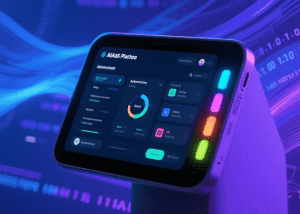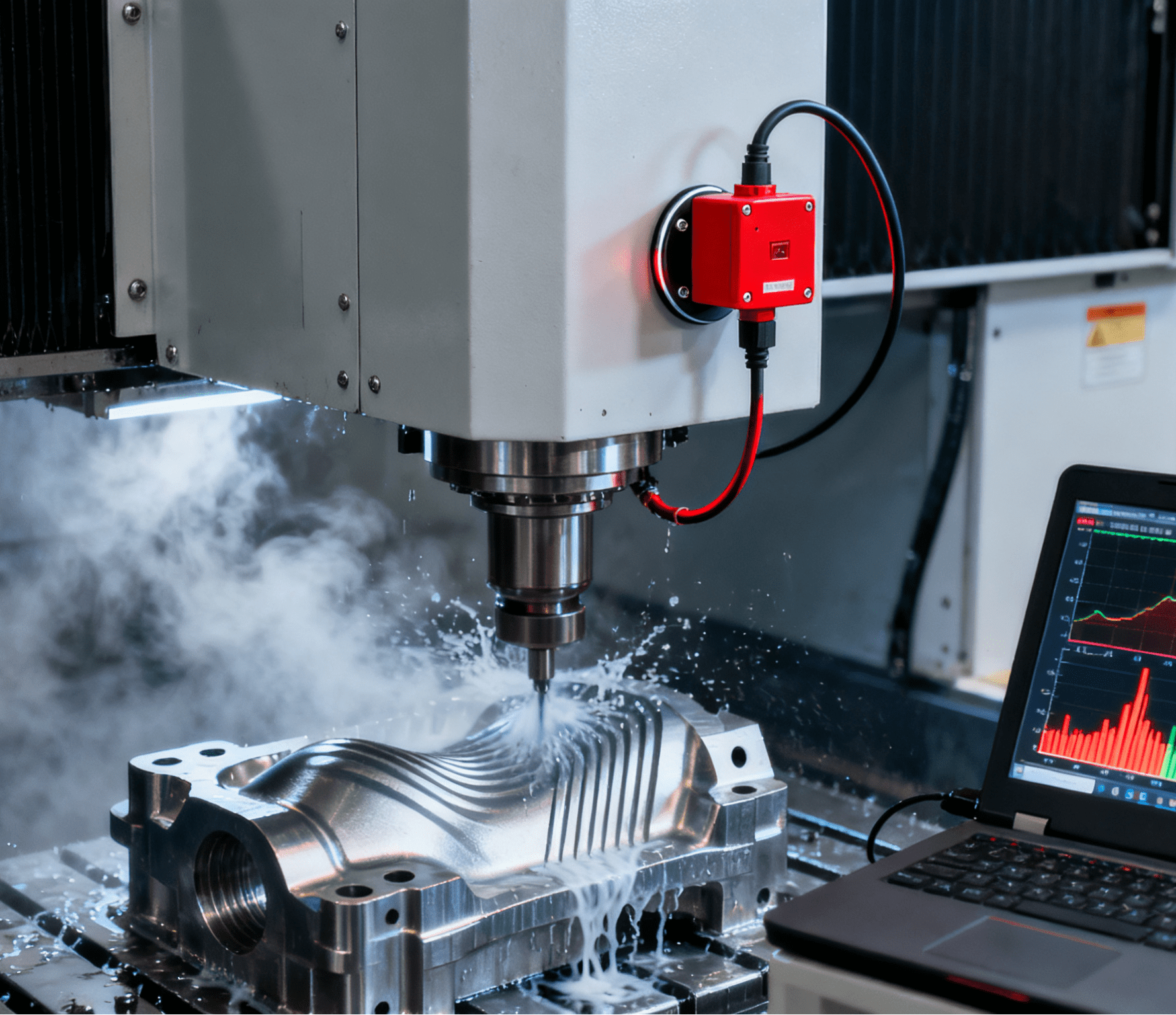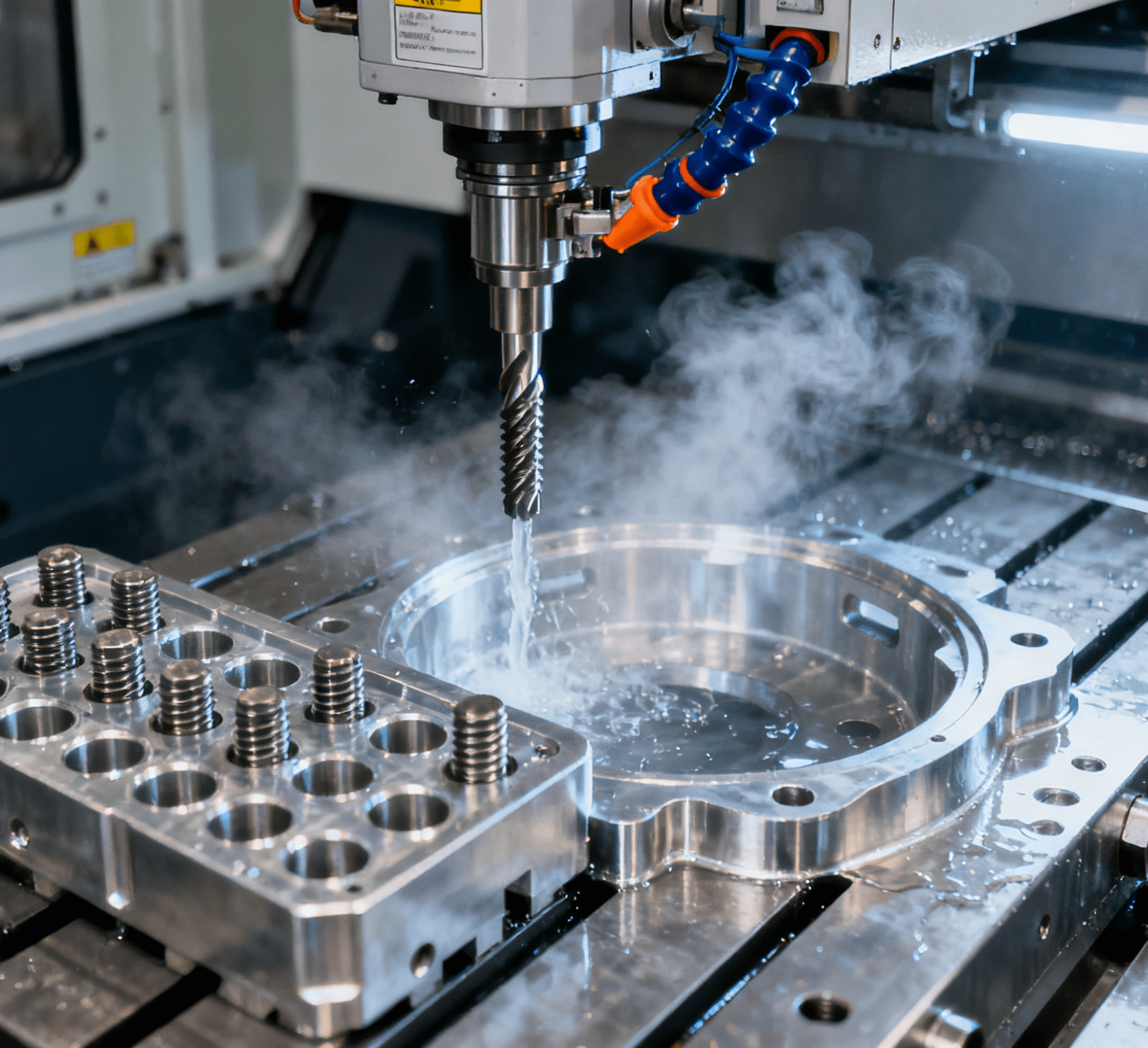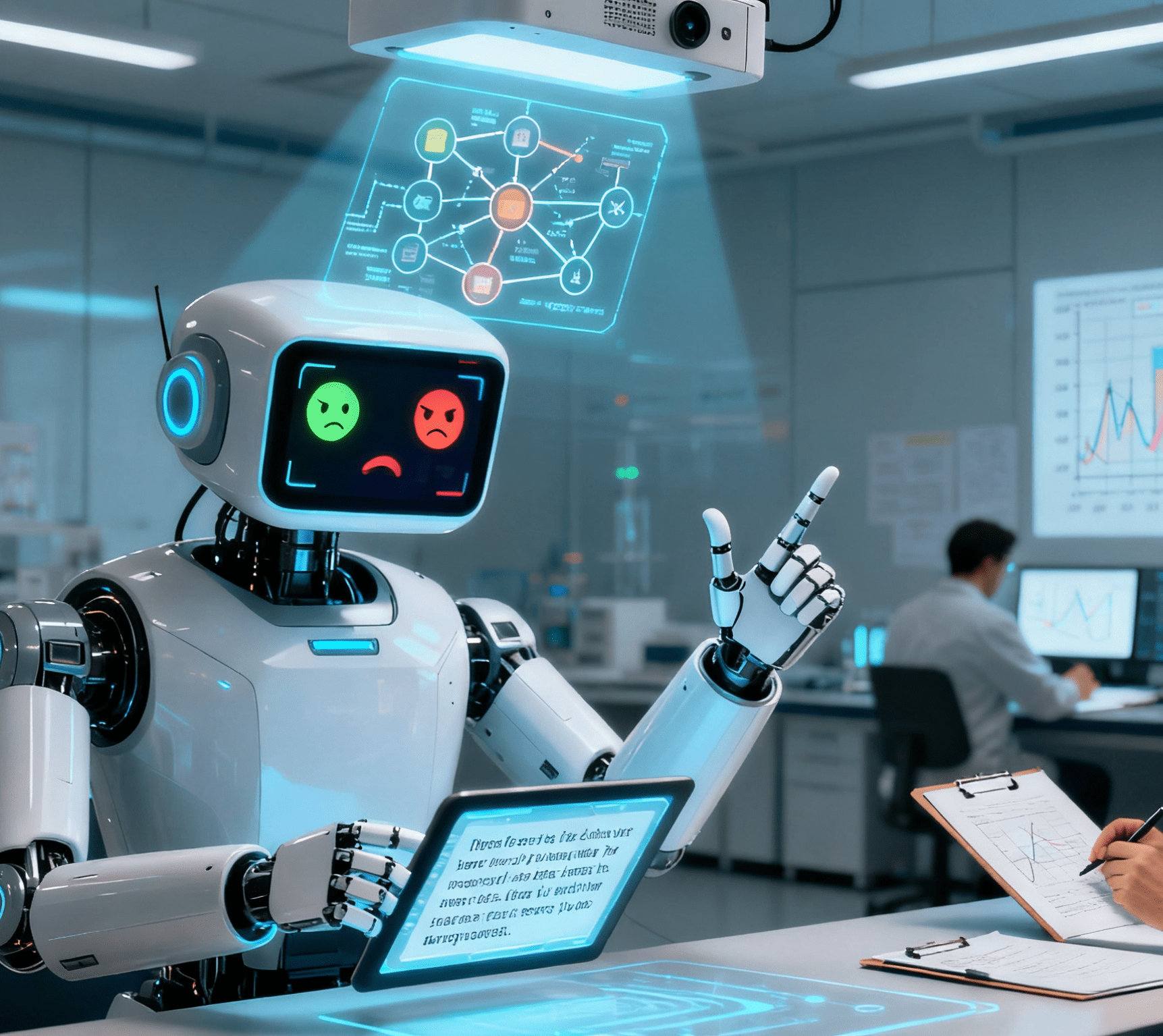Table of Contents
ToggleHow AI As A Service Can Help Fulfill The Automation Promise

In an era where intelligent automation is reshaping industries from manufacturing to healthcare, AI as a Service (AIaaS) stands at the intersection of technological promise and practical implementation. For years, AIaaS has vowed to democratize advanced AI capabilities, but the reality for many businesses has been fragmented: a maze of tools, inadequate support, and an innovation pace that outstrips adoption. The missing link? A strategic bridge between AI potential and tangible automation outcomes—one that leverages intelligent automation not as a standalone tool, but as a cohesive force that aligns with industrial automation principles and existing automation equipment.
AIaaS today is evolving beyond mere tool access. A new generation of consulting models is emerging, blending strategic deployment with hands-on execution to help businesses navigate the automation landscape. This shift is critical: where industrial automation transformed manufacturing through standardized equipment, AIaaS now aims to bring that same efficiency to knowledge work—by integrating intelligent automation into workflows, optimizing processes, and ensuring automation equipment (from RPA bots to predictive analytics tools) delivers measurable ROI.
Solving The Real Problems Holding AI Back
Decades of IT experience have shown me that AI adoption stalls not for lack of investment, but due to three key friction points—each of which AIaaS can address by anchoring intelligent automation in practical need:
- Tool overload vs. strategic curation: With new AI platforms emerging weekly, businesses need more than a “tech buffet.” AIaaS providers can act as curators, designing a “minimum viable toolkit” that pairs industry-specific objectives with the right automation equipment, from data labeling tools to natural language processing engines.
- Prompt fatigue and workflow design: Even with the right tools, teams struggle with prompt engineering. AIaaS solutions integrate guided workflows and reusable prompt libraries, turning intelligent automation into a repeatable process rather than a trial-by-error experiment.
- Update chaos vs. strategic iteration: The AI landscape evolves daily, but not every update is valuable. AIaaS providers filter innovations, ensuring clients adopt only tested, strategic upgrades—much like how industrial automation systems balance efficiency with reliability.
A Practical Framework For AI Implementation
True automation success lies in aligning AIaaS with your business’s unique rhythm. Here’s a framework that merges intelligent automation with operational reality:
- Conduct a process friction audit: Identify where repetitive tasks (e.g., data entry, report generation) drain resources. These are prime candidates for automation equipment that can offload manual labor, freeing teams for strategic work.
- ROI-driven prioritization: Evaluate automation opportunities based on both financial impact and implementation ease. For example, deploying AI-powered chatbots (a form of intelligent automation) to handle customer queries can yield quick wins, while integrating predictive analytics into supply chain management aligns with long-term industrial automation goals.
- Build scalable, equipment-agnostic solutions: Choose AIaaS platforms that integrate with existing automation equipment—whether it’s legacy ERP systems or new robotic process automation tools. Prebuilt connectors for tools like Salesforce or SAP ensure AI becomes an extension of your infrastructure, not a siloed add-on.
The Bottom Line
AI implementation isn’t about starting from scratch; it’s about evolving how you work. When anchored in intelligent automation, AIaaS becomes the bridge between industrial automation’s legacy of efficiency and the digital era’s promise of agility. The right approach doesn’t require ripping out existing automation equipment; it enhances them—turning chatbots into 24/7 customer assistants, data analytics into predictive advisors, and routine tasks into automated workflows.
In the end, fulfilling the automation promise isn’t a moonshot; it’s about embedding intelligent automation into Monday-morning operations. Whether you’re optimizing a factory floor with industrial automation principles or streamlining office processes with AI-powered tools, the goal is the same: make work smarter, not harder. AIaaS, when implemented strategically, doesn’t just deliver technology—it delivers a roadmap for turning automation equipment and intelligent systems into a competitive advantage that scales with your business.




















